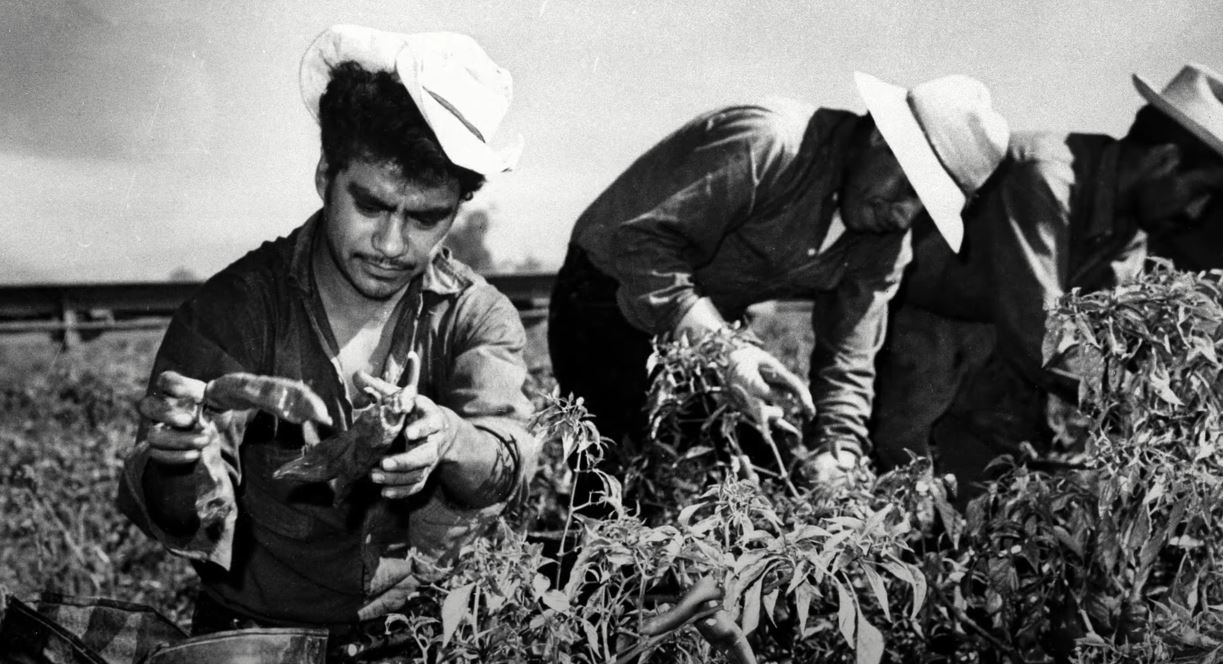In the early 20th century, the US-Mexico border was a fluid boundary with minimal restrictions on movement. This ease of crossing facilitated the regular commute between the two nations between domestic workers and farm laborers. However, the Mexican Revolution drastically altered this dynamic from 1910 to 1917.
The upheaval led to a significant influx of immigrants into the United States, particularly at the border. This demographic shift stoked xenophobia and racial hatred among some white Americans, particularly those residing along the border. The escalating patriotism and paranoia during World War I only intensified these sentiments.
El Paso, Texas, often dubbed the “Ellis Island of the Southwest,” became a focal point of these tensions. The city’s mayor, Thomas Calloway Lea Jr., played a pivotal role in amplifying racist fears. He propagated the notion that Mexican immigrants were carriers of diseases like typhus, lobbying for stringent measures to contain this perceived threat. In 1916, he advocated for establishing quarantine camps, a proposal that faced opposition from Dr. B.J. Lloyd, a local Public Health Service Officer. Despite Lloyd’s reservations about the low risk of disease spread, he concurred with the idea of setting up disinfection stations in El Paso. These stations subjected Mexican border-crossers to degrading inspections, including being stripped naked, having their possessions steam-treated, and undergoing a chemical bath with kerosene, soap, water, and sometimes toxic pesticides.
Women suspected of having lice also had their hair treated with vinegar and kerosene. Rumors of these harsh procedures spread rapidly, instilling fear among potential migrants. This fear was not unfounded, as there were fatalities due to accidents in these disinfection stations.
Women, in particular, were apprehensive about the possibility of being photographed naked during the process. Amidst this climate of dread and anger, 17-year-old Carmelita Torres emerged as a symbol of defiance.
She refused to undergo the bath, sparking a protest that evolved into the Bath Riots, which lasted three days. Despite her courage, Torres’ legacy has largely faded from public memory.
Unraveling US-Mexico Border History

Following these protests, the US government introduced stringent immigration laws, including a literacy test, a head tax, and a passport requirement. The disinfection practices persisted as a staple of border control until the 1950s, evolving to include pesticides like DDT.
Mayor Lea’s tenure was marked by actions that suppressed Mexican voices, including the suspension of Spanish-language newspapers. His brief affiliation with the Ku Klux Klan, though later renounced, speaks to his alignment with racially discriminatory ideologies. Dr. Yolanda Chavez Levya, a historian, notes the similarity between Lea’s rhetoric and contemporary immigration discussions.
El Paso’s history with tuberculosis further complicates this narrative. While the city was promoted as a haven for Americans seeking treatment for tuberculosis, Mexican immigrants were simultaneously blamed for introducing diseases. This contradiction highlights the racial and class biases inherent in the public health policies of the time.
The use of baths at the border led to several tragedies, including an incident in 1916 that resulted in multiple deaths. The fear and resentment this practice generated among Mexicans and Mexican Americans living along the border culminated in the Bath Riots, a significant but often overlooked chapter in US-Mexico border history.
The Immigration Act of 1917, which followed these riots, reflected the growing xenophobia and exclusionary policies of the era. In a dark twist of history, the chemical Zyklon B, used in these baths, was later adopted by Nazi Germany for more sinister purposes.
The use of this chemical at the border and its subsequent implementation in Nazi concentration camps underscores a disturbing connection between American and Nazi racial policies.
The history of the US-Mexico border is a complex tapestry of open passage, racial tensions, public health concerns, and evolving immigration policies. It serves as a stark reminder of the long-lasting impacts of xenophobia and racism on immigration policies and practices.


Comments are closed.